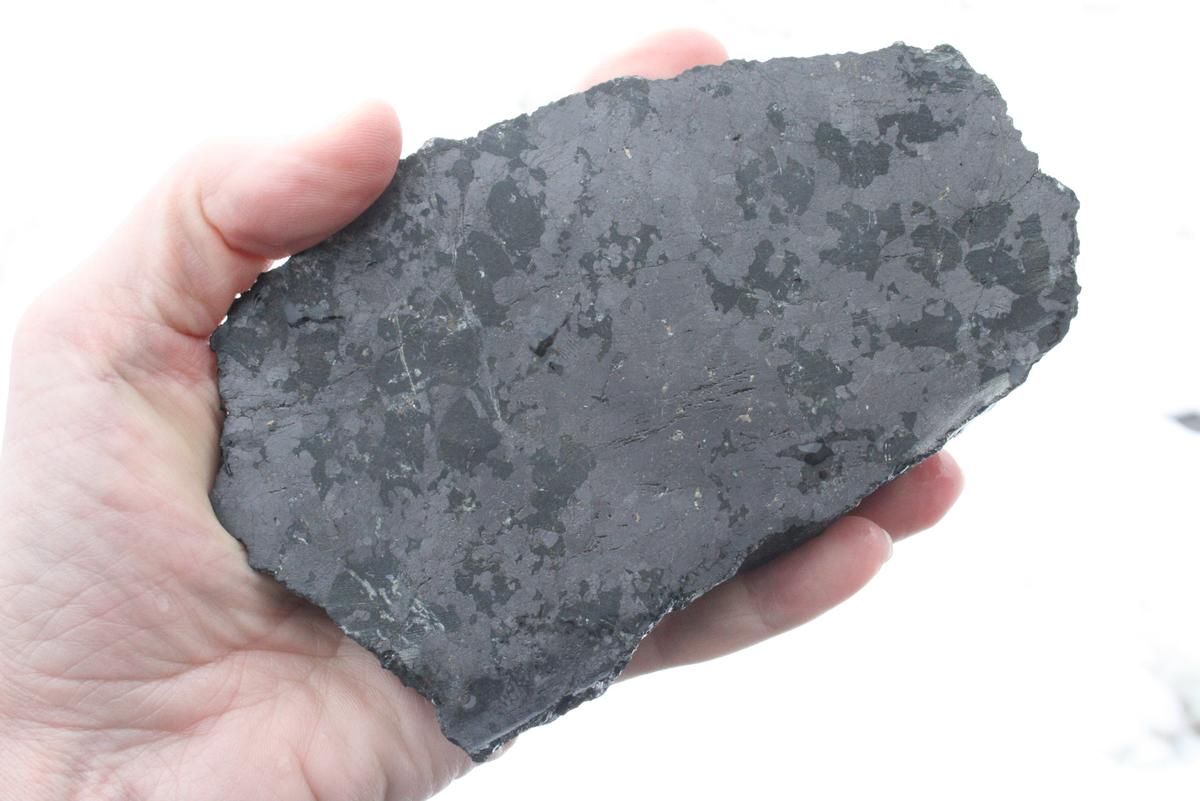DULUTH, Minn. -- The Natural Resources Research Institute announced Thursday the completion of a technical report that shows pilot-scale success at producing high quality titanium dioxide from an ilmenite deposit near Hoyt Lakes. Read or download the full report .
It’s long been known that among Northeastern Minnesota’s rich mineral mix are deposits of ilmenite. This is the mineral from which we get titanium dioxide, used in hundreds of daily use products, and eventually for titanium metal. The challenge with commercializing the resource has been the magnesium oxide impurities that couldn’t be removed with conventional processing.
NRRI partnered with Process Research Ortech (PRO) to demonstrate a proprietary hydrometallurgical process to produce nearly pure titanium dioxide concentrate with high market value. Currently, titanium dioxide’s market value is approximately $3,200 per ton. For comparison, the market value of Iron Range taconite pellets is about $70 per ton.
NRRI tested a 10-ton sample of rock from a deposit called “Longnose” owned by American Shield Titanium Group LLC. It is the largest and richest ilmenite deposit in the United States. This particular deposit also has low overburden, a confined mining footprint and low sulfur content.
“As a trained geologist, I’ve known about the ilmenite there for 30 years,” said company President Bill Ulland. “This process demonstrated by NRRI and PRO appears to be very cost effective with commercial potential. There’s a very strong market now for titanium dioxide.”
The separation process recovered an estimated 64 percent of ilmenite as concentrate. The following PRO technology targeted removal of iron and titanium oxides. After two scale-up processes, NRRI and PRO were able to achieve titanium purity of 99.8 percent. Pure iron oxides were also separated at 98.5 percent (unoptimized) purity and could add to the market value of the deposit.
“This is especially exciting because we have an opportunity to process the ilmenite to an end product, titanium dioxide, here in Minnesota,” said NRRI Executive Director Rolf Weberg. “NRRI’s role is to define the state’s portfolio of mineral opportunities. That is how we retain wealth, add value to our resources and take care of our environment.”
A preliminary marketing study by UMD’s Center for Economic Development found that there are few U.S. producers of titanium dioxide and many consumers for a wide variety of applications – especially in paints and coatings, plastics and paper. With further processing, titanium dioxide can also be used for titanium metal production and niche products, like electronics and energy storage. NRRI intends to seek further funding to pursue additional geological, metallurgical and environmental studies. One goal is to optimize the hydromet process for iron and titanium, and to understand the feasibility of isolating other high value materials.
This project was funded by the Iron Range Resources and Rehabilitation Board, the University of Minnesota Duluth Vice Chancellor for Academic Affairs and the University of Minnesota Office of the Vice President for Research.
